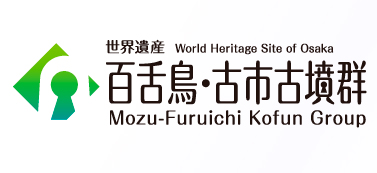どうみょうじ
道明寺
国宝十一面観音菩薩立像を御本尊とする古刹。

道明寺は7世紀中葉に土師氏の氏寺として建立された土師寺を起源とした尼寺です。土師氏の後裔である菅原道真公が、太宰府下向に際して伯母の覚寿尼を訪れたゆかりの地です。 建立当初は現在の道明寺天満宮の南側参道付近に位置し、現在も塔心礎が残っています。 その後、戦国時代の戦火や江戸時代の石川の洪水による荒廃が原因で道明寺天満宮の境内地に移り、さらに明治時代の神仏分離令に よって現在地に移されました。 国宝である本尊の十一面観音立像は毎月18日と25日に拝観することができます。関西風桜餅(道明寺餅)など和菓子の材料として知られる「道明寺糒」「道明寺粉」発祥の寺としても有名です。
- 所在地藤井寺市道明寺1-14-31
- TEL072-955-0133
- アクセス道明寺駅より西へ約500m









